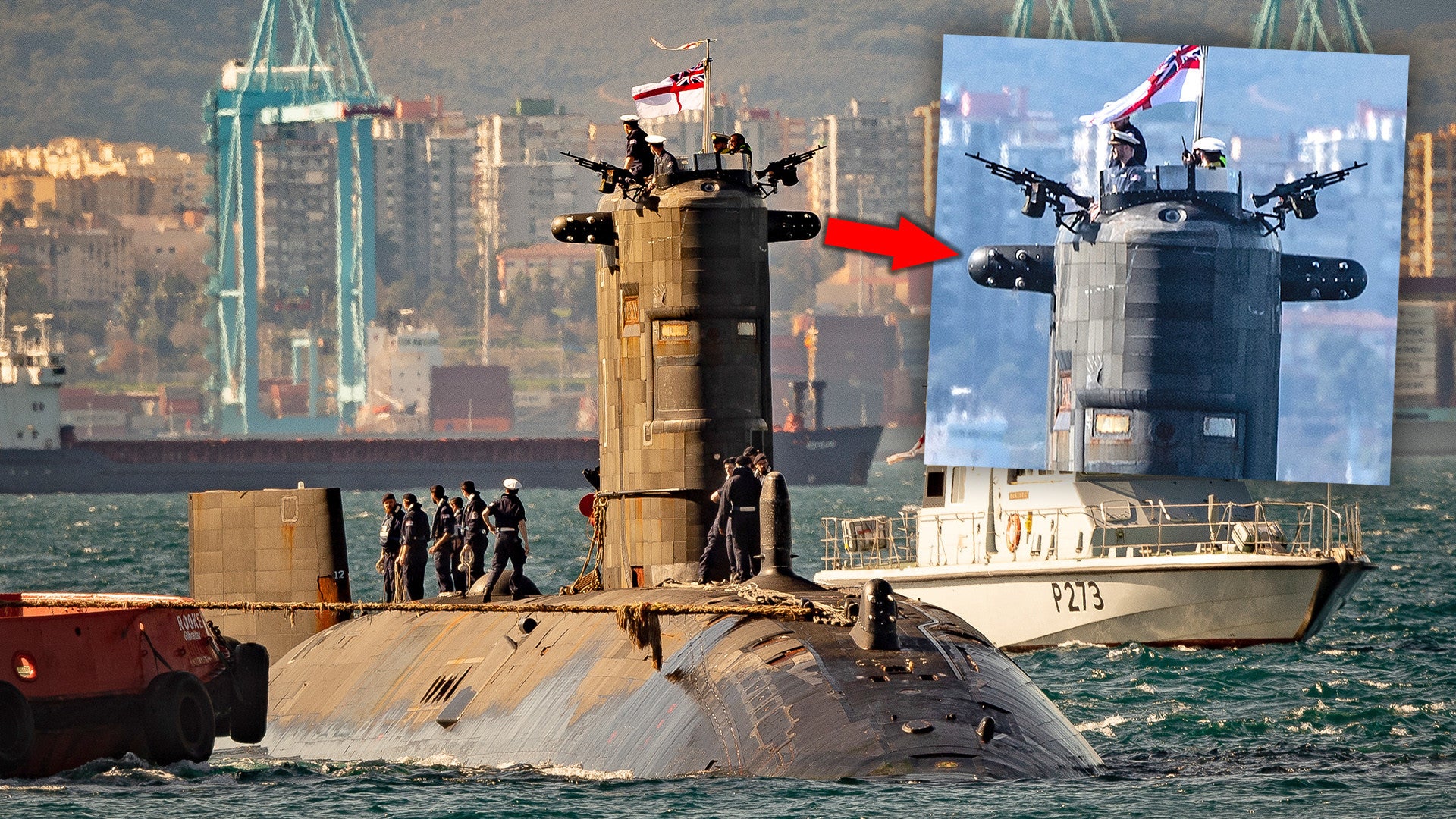The U.K. Royal Navy’s Trafalgar class attack submarine HMS Talent has arrived in the British territory of Gibraltar sporting curious new sensors on either side of its sail. We can say with near certainty that these are additions to an existing system designed to detect enemy submarines without the use of sonar that first appeared on the boat in 2019.
Photographer David Parody grabbed the pictures of Talent in this new configuration as it sailed into Gibraltar today and was kind enough to share them with The War Zone. In addition to the sensor suite, the submarine also has a pair of 7.62mm FN MAG machine guns, known as L7 General Purpose Machine Guns (GPMG) in British military service, mounted on pintles on top of the sail. The fitting of machine guns in this manner, together with arming individual sailors with small arms and non-lethal weapons, are common force protection measures employed by the crews of Royal Navy submarines, as well as those belonging to other navies, especially when entering or exiting ports.
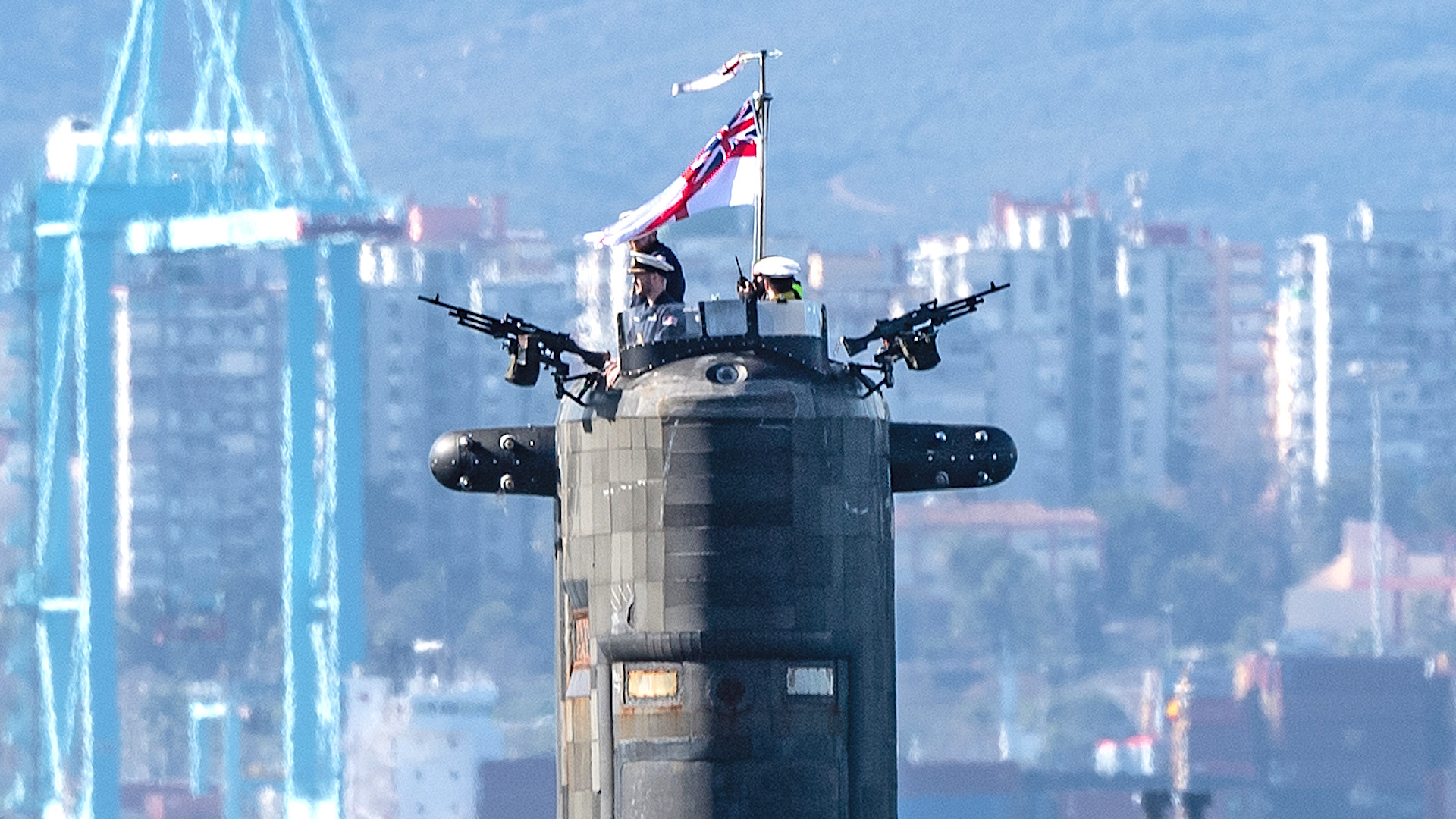
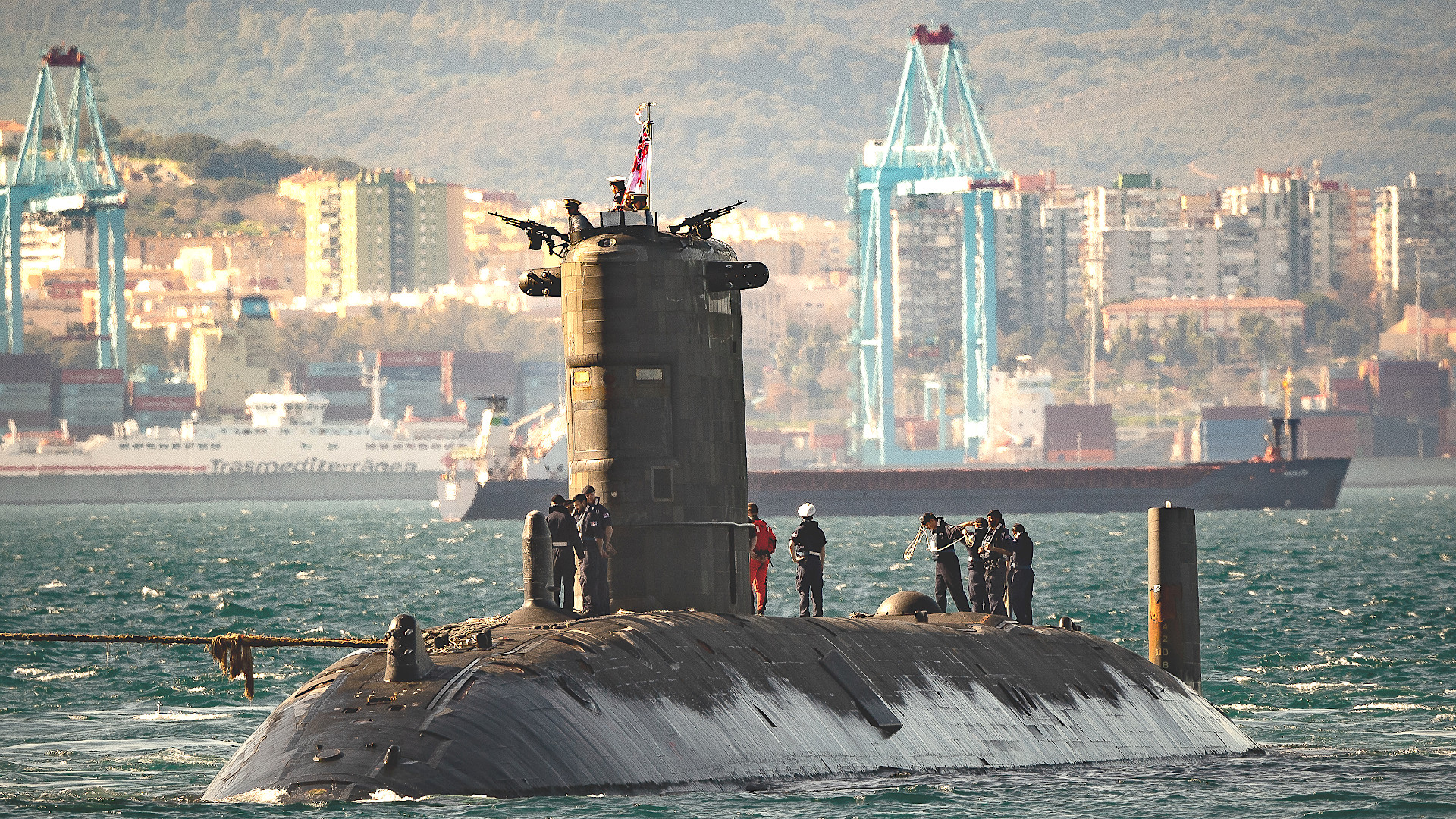
It’s not clear how long Talent has had all three of these sensor arrays installed together. The boat is one of just three remaining Royal Navy Trafalgar class submarines, which have been steadily retired as new Astute class attack submarines have entered service. Talent is scheduled to be decommissioned later this year.
As for what these sensors actually do, they are designed to detect other submarines beneath the waves via the changes in water density that they leave in their wake. These systems have historically been almost exclusively associated with Soviet and now Russian submarines. In that country, they are most commonly referred to collectively as examples of a System Obnarujenia Kilvaternovo Sleda (SOKS), or Wake Object Detection System.
There have also been reports in the past suggesting that certain SOKS variants could be able to detect trace amounts of certain chemicals in a submarine’s wake, including from temporary anti-corrosive coatings flaking off or byproducts from oxygen generation systems. Detecting minute increases in radiation levels from the reactors on nuclear-powered boats, such as the Trafalgar class, or elevated water temperatures from a submarine passing by, may also be among their capabilities.
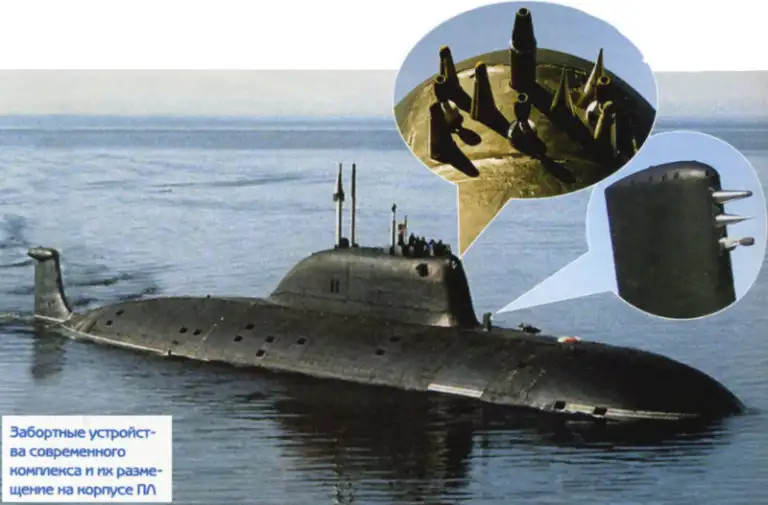
In principle, such a system would be a valuable additional passive sensor for a submarine when hunting for other boats underwater. While modern sonar systems have passive, as well as active functionality, in the former mode, operators have to pick out the sounds of another submarine from a host of background noises, ranging from sea life to the simple movement of the ocean itself. These issues are even more pronounced in shallower littoral areas. You can read more about how all of this works in this previous War Zone story.
Using active sonar “pings” could help them find a target faster, but would also greatly expose the boat sending out those signals. In submarine warfare, staying as quiet as possible is critical to staying alive, as you can read about in greater detail in these past War Zone pieces.

At the same time, there have long been debates about just how effective SOKS variants, which appear to have first emerged in the late 1960s, might actually be, with now-declassified U.S. intelligence documents hinting at potential limitations in range and sensitivity. At the same time, the continued Russian use of such systems would indicate that they provide at least some level of additional sensing capability.
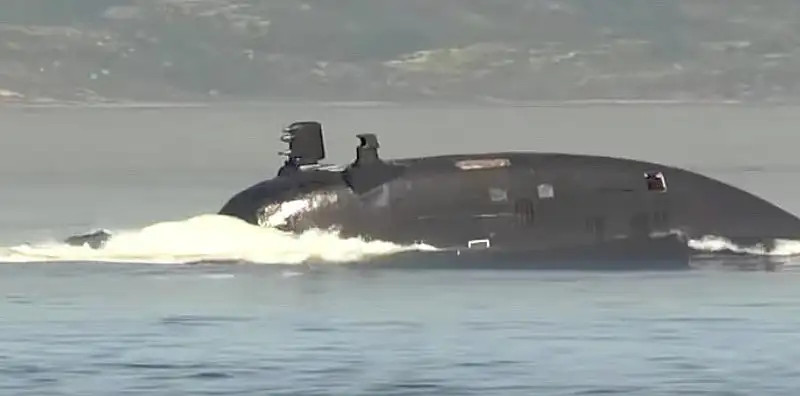
In addition, there continues to be clear interest among other militaries around the world, including elements of the U.S. military, in sonar alternatives. The year before Talent had appeared in Gibraltar with the addition to its bow, another Trafalgar class submarine had arrived there with a similar-looking modification to the front of its sail.
The additional arrays on Talent could enable it to collect more data and do so more rapidly, improving its overall capabilities. Putting the additional sensors on either side of the sail might improve the system’s ability to determine the range or depth of the target based on the differences between what each of the three arrays detect, broadly akin to how radiofrequency signals can be triangulated.
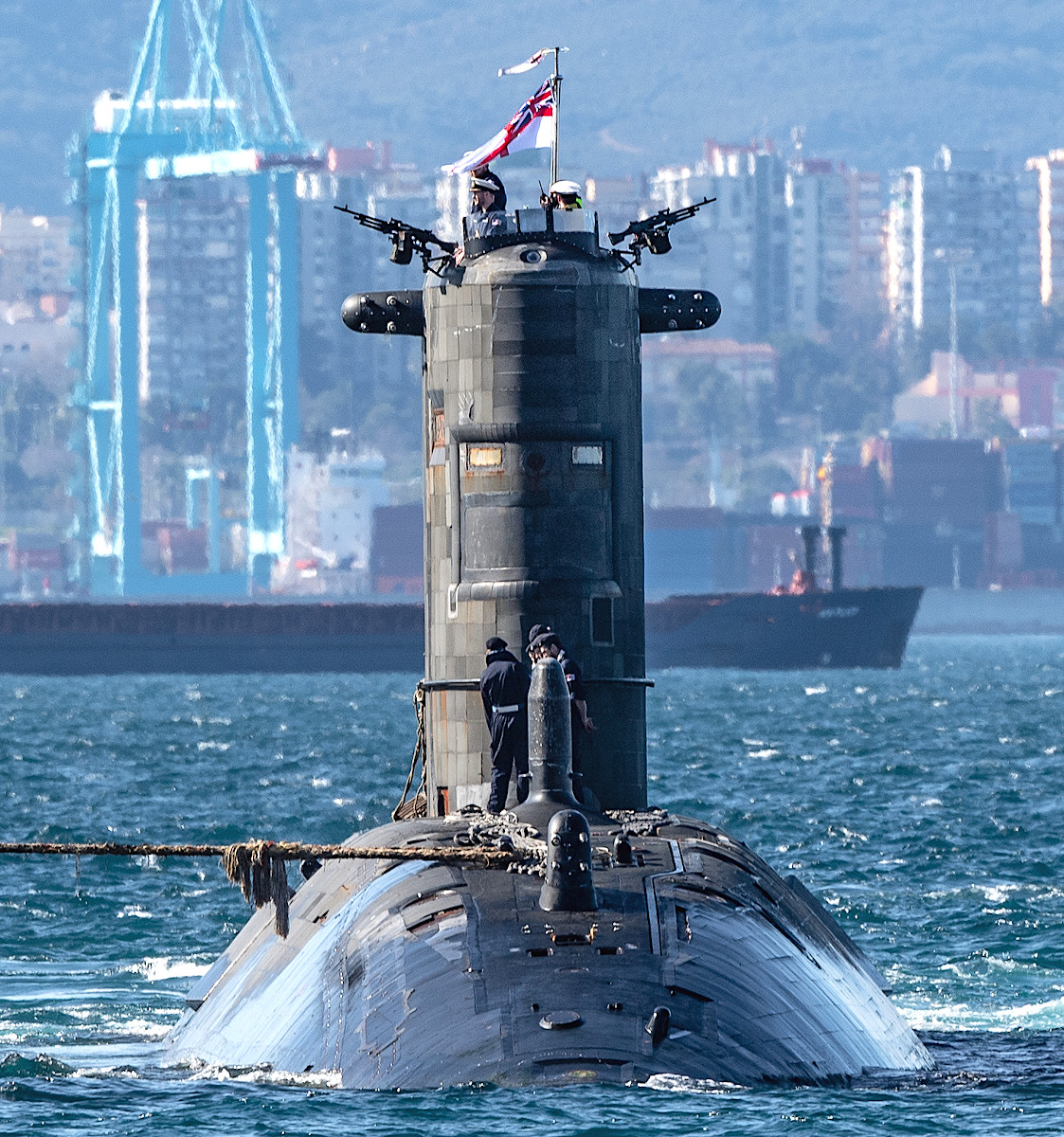
General technological advances, including increased computing power and artificial intelligence-driven systems to help process data from the sensors faster and more accurately, over the years may well have helped make the general concept more viable, as well. Those same developments could also enable the fusing of the wake-detecting data together with information from the boat’s sonar arrays and any other sensor systems onboard to even more precisely spot, categorize, and track hostile submarines, as well as any other objects of interest underwater.
Using an older boat, such as Talent, to help prove all of this out in an operational environment would make good sense, too. The Mediterranean Sea, where Gibraltar is situated, which is a relatively well-understood body of water where Russian submarines are known to prowl, could be a particularly ideal testing ground.
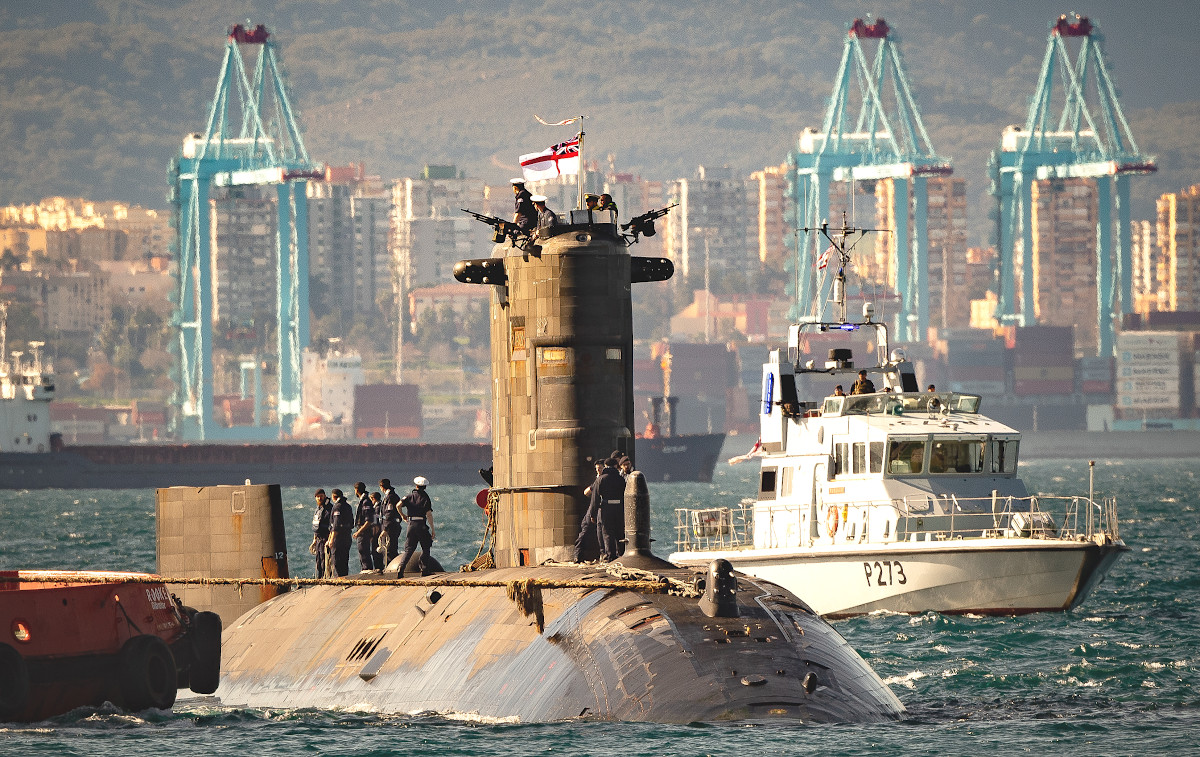
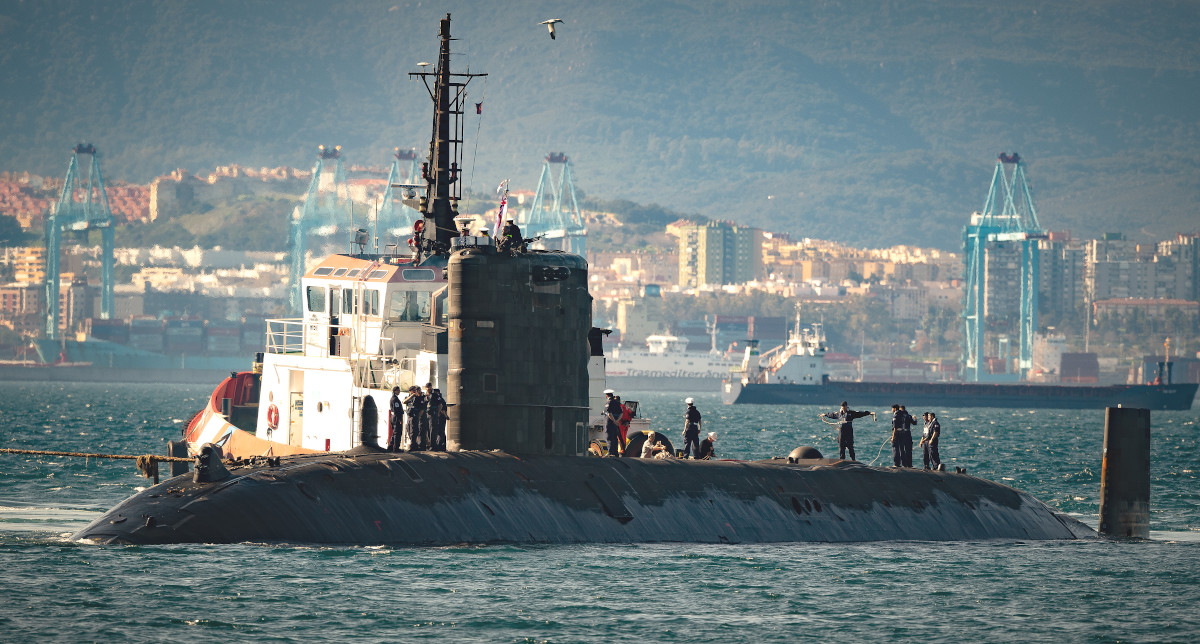
“We’ve put this submarine right in this area of the eastern portion of the Mediterranean to counterbalance the Russian buildup in Syria,” U.S. Navy Rear Admiral William Houston, then-tripled-hatted as Director of Plans and Operations for U.S. Naval Forces Europe/U.S. Sixth Fleet, the Deputy Commander of Sixth Fleet, and the Commander of Submarine Group Eight, told ABC News‘ “Nightline” in 2019, referring to the deployment of the Ohio class guided-missile submarine USS Florida to that area. “We’re watching them [the Russians] very very closely. There’s really not a day where we’re not watching them, every single day.”
Concerns about increases in Russian submarine activity, especially on both sides of the northern Atlantic, have grown among NATO members, including the United States and the United Kingdom, in recent years. Expanding Chinese underwater capabilities present another growing naval challenge. Both of these countries are also increasingly fielding new nuclear and advanced conventionally-powered submarines with features that make them extremely quiet and difficult to detect. All of this would only underscore a desire for additional ways to detect threats beneath the waves, such as a wake-detecting system.
All told, while Talent may be set to sail into retirement later this year, the equipment fitted to the submarine now may well find its way onto other Royal Navy boats in the future.
Contact the author: joe@thedrive.com
